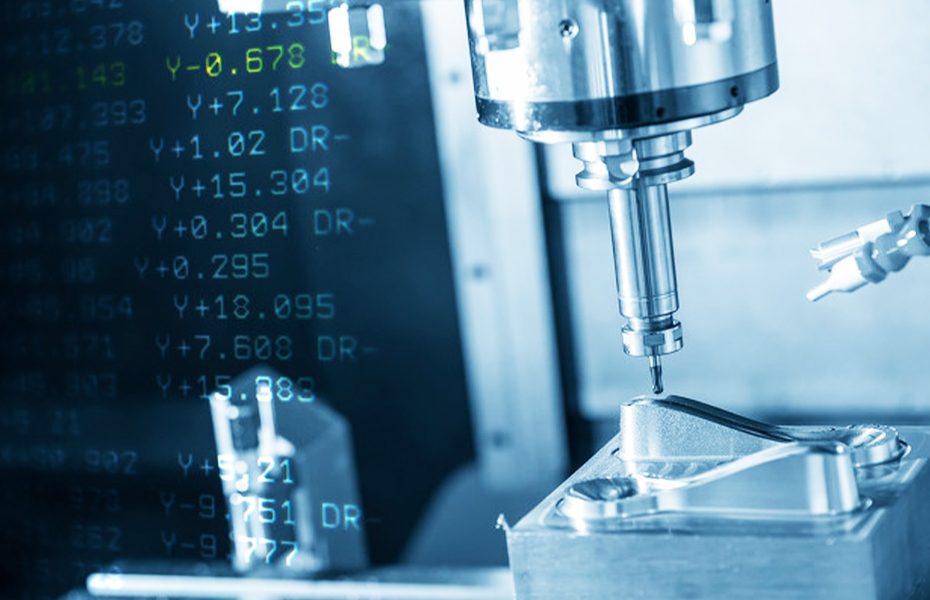As we all know, CNC machining has become the most widely used service in most industries. When you have any CNC machining requirement, the first thing to do is approach a service provider and asks for a quote. Most of the times, the quoted price may feel like a random guess. Similarly, the manufacturing costs may sometimes look too high or, very cheap, at times. What are the factors that decide the rise or fall of manufacturing costs? Would you like to know?
Although the cost of manufacturing will depend on the 2D and 3D CAD files, still knowing what factors are responsible for impacting the manufacturing cost will only make you wiser. These impactful factors are as follows:
The Materials
The types of materials used for your machined components can alter the price of your project significantly. In fact, materials affect costs in two different ways:
-Raw material sourcing costs
-Material machinability prices
Certain materials cost more to the machine, while some raw materials can be difficult to find. Prices are also subject to change based on hazardous conditions and/or additional safety precautions required. Put simply, the cost of production can increase when materials and machining processes impact overhead.
Order Quantity
The number of parts in each order can also influence the final price of CNC machining. That’s because bulk orders generally cost more to make. However, higher parts quantities often mean lower costs for additional units. In turn, larger orders may drive up the cost of production but can decrease the client’s cost-per-part ratio on the back-end. Meanwhile, small orders are relatively inexpensive upfront but may cost the client more money over time.
The Geometry
Component dimensions, or geometry, can affect the price of CNC machining as well. For example, sizeable parts often require more material to make. Thus, the cost of fabrication may increase as a result. Furthermore, complex geometries need highly skilled machinists and (sometimes) special certifications to complete accurately, safely, and efficiently. In some cases, multiple processes may even be needed to machine complicated or intricate parts regardless of their size.
Tolerance Tightness
In CNC machining, the term “tolerances” refers to accuracy. So, a shop that offers extremely tight tolerances is one that can fabricate physical parts that are almost identical to the original design. However, precision comes at a price because manufacturing tight tolerances requires complex machinery and years of skill. However, most CNC machine shops will reserve extreme tolerances for interfacing components and regulated industry projects. Typical tolerances range from +/- 0.02mm to 0.1 mm, depending on geometry.
Labor Costs
The machinists working on your project deserve to be paid for their labor and expertise. That’s especially true when a part is complex or difficult to make, or when the production of it is unsafe. The more caution and resources required, the higher the price will be. In fact, most labor-intensive projects charge a premium for the extra effort provided on behalf of the client because that’s how the economy thrives.
Equipment Used
CNC machining equipment isn’t cheap, but a legitimate shop can’t operate without more than one machine. Plus, many projects require numerous processes to complete, meaning several different pieces of equipment end up being used. Meanwhile, the difference between single-axis and multi-axis machining is significant, thus so is the price of service. Then, there’s the cost of operation. Running large machines can get expensive, and clients incur some of those charges on their bills.
Cost of Surface Treatment
There are many CNC machining techniques, which require no additional surface treatment; whereas there are some that may demand additional surface treatment. Earlier, various types of chemical solutions were used for surface treatment. Although many of these solutions were inexpensive, still they were condemned for their toxicity, which was contributed by substances like lead. These surface treatments were thus declared unsafe for use. Over the years, the use of these substances was controlled under the RoHS directives. Thus, there is a high demand for lead-free, and RoHS compliant surface finishing solutions. Many of these surface finishes may increase your manufacturing costs.
